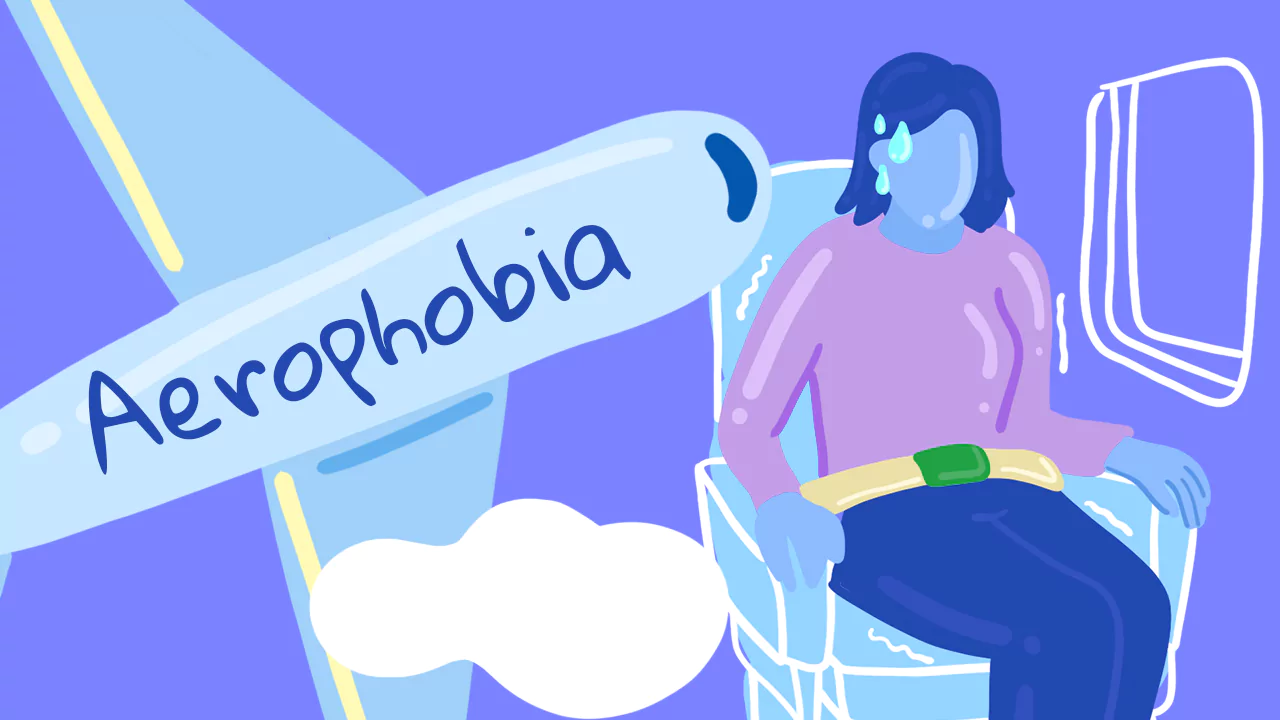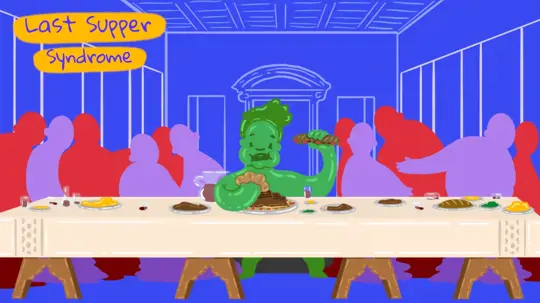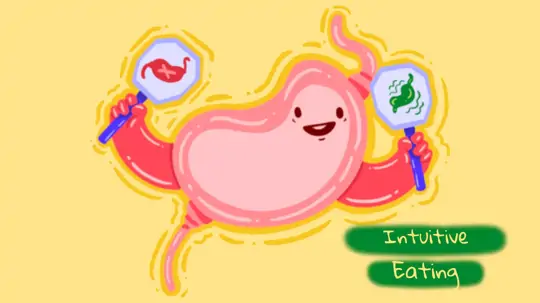
Start feeling better today!
Connect with your therapist today and take control of your life like our 850.000 happy clients.
Get StartedWhat is Flight Phobia (Aerophobia)?
Flight phobia, also known as aerophobia, is an experience of excessive and irrational fear that starts with the idea of traveling by flying vehicles such as airplanes or helicopters and leads to the inability to board these vehicles.
In flight phobia, the person perceives the flight and the aircraft as dangerous situations and is afraid of the entire process. Fear of flying can manifest not only during the flight, but also before boarding the plane, while waiting to board, and even when exposed to news related to airplanes.
Looking at the evolution process, flying is a very distant experience for humans. Flight phobia became a prominent concept in human life after the first airplane crash during the early periods of flying. The first reported case of airplane fear emerged during World War I.
Initially thought to be rational, this fear became irrational as data accumulated about airplane crashes and the dangers of flight, and it was included in the classification of phobias, drawing the attention of mental health professionals.
What are the Causes of Fear of Flying?
Evolutionary, genetic, and environmental factors are thought to contribute to the development of flight phobia. All of these factors interact with each other to cause the development of a phobia of flying.
Evolutionary Factors
Flight phobia can be thought to arise from the evolutionary development of the fear of heights (acrophobia), according to Carl Jung's theory of the collective unconscious.
It can be said that in the era when our ancestors used to protect themselves from predatory animals by lying on top of trees, the knowledge of physical harm or death resulting from falling from trees was passed on to future generations, and hence a tendency to avoid situations involving heights was developed.
Genetic Factors
Genetic factors that make us more prone to anxiety may also have an effect on our development of various phobias. In addition, genetic transmission also enables the transmission of an evolutionary fear of heights.
People who have a fear of enclosed spaces or social phobia may also avoid the flying experience due to the fear of flying at a high altitude or the fear of being in a crowded and confined space.
Environmental Factors
One of the common causes of flight phobia is perceiving the aircraft and the flight experience as dangerous and having incorrect information about the safety of air transportation.
This perception of danger can affect people who have never flown before as well as those who have flown many times and can later develop phobias. Examples of bad flight experiences and news include:
- Severe turbulence experience
- Bad take-off and landing experiences
- Infectious disease transmission in a confined space
- Airplane crash news
- Terrorism news

People who have had a bad experience on an airplane in the past may develop flight phobia. If a loved one has had a bad experience on a plane, it can also cause the onset of flight phobia. Due to social learning, flight anxiety can also develop in people who have never flown before.
At the same time, people who have had a bad experience not related to flying on a plane can also develop this phobia. For example, someone who gets nauseous from eating before takeoff can associate this with being on a plane and become afraid of flying as a result. So, how is flight phobia diagnosed?
What Are the Symptoms of Flight Phobia?
People with flight phobia may show the following anxiety and panic symptoms as the flight experience approaches or during the flight:
- Excessive sweating (Hyperhidrosis)
- Shivering
- Dizziness and lightheadedness
- Shortness of breath (Dyspnea)
- Heart palpitations
- Trembling
- Nausea
- Indigestion
These symptoms are typical signs displayed during fear. Panic-like attacks, screaming, and uncontrollable behaviors can also be seen during the fear of flying.
People with flight anxiety may exhibit certain avoidance behaviors to reduce this fear. Some individuals feel safe sitting on the aisle seat instead of the window seat in order to be close to the door. Similarly, individuals feel safe by performing rituals before and during the flight.
How to Overcome Fear of Flying
People who suffer from flight anxiety try to find answers to questions such as what is the treatment for airplane phobia, can flight phobia go away, and what should be done for flight phobia.
When the causes of flight phobia are examined, it is seen that incorrect information about flying is effective in the emergence of this fear. Therefore, getting new information about flying and talking to people who can provide correct information are quite important in getting rid of phobia.
When scientific studies are examined, it is seen that the risk of death on a journey is 52.6 million to 1. This result proves that flying is one of the safest travel options.
However, presenting these results or accessing realistic information about flying may not be enough to eliminate the phobia. Getting expert support and going through the therapy process are effective in overcoming flight phobia.

Exposure Therapy in the Treatment of Airplane Phobia
The most effective method for overcoming phobias is exposure therapy. Exposure or facing means to face the feared situation safely and gradually. Starting from the bottom of the fear hierarchy, the reduction of phobic reactions (fear and escape) and sometimes their complete disappearance are ensured.
In the initial stage of this method used in Cognitive Behavioral Therapy, the person imagines themselves in an airplane and imagines many events that they are afraid of during the flight. When this mental imagery is repeated many times in a row, the person gets used to the situation they are afraid of, and their fear decreases.
In the further stages of the hierarchy, the person can spend time at the airport, board a stationary airplane, and finally perform a flight. The main goal of this method is to prevent the person from avoiding and getting used to the situation that seems fearful to them.
EMDR in the Treatment of Flight Phobia
Another method used in working with phobias is EMDR (Eye Movement Desensitization and Reprocessing). The aim of this method is to desensitize past traumatic memories with bilateral stimulation given to the brain. During the therapy process, the goal is to eliminate avoidance behaviors and rituals before and during the flight.
Although such avoidance behaviors seem to reduce anxiety and fear in the short term, they do not address the root of the problem and thus continue to cause fear in the long term.
You can download the Hiwell Online Therapy application and start your therapy process with expert therapists by working with the most suitable method for you from many methods used in treating flight phobia, such as EMDR, Cognitive Behavioral Therapy, and Exposure Therapy.
Sources
- Çetingüç, Aviation and Space Psychology, Nobel Publications, 2020, 137-177.
- Aviation, Aerospace Engineering Profession Main Commission, Air Transport Accidents with Statistics, Journal of Engineers and Machines, 48-566.
- Oakes,M., Bor,R., (2010), The psychology of fear of flying (part I): A critical evaluation of current perspectives on the nature, prevalence and etiology of fear of flying. Travel Medicine and Infection Disease. 8(6): 327-338.
- Van Gerwen LJ, Spinhoven P, Diekstra RF. People who seek help for fear of flying: typology of flying phobics. Behavior Therapy 1997,(28):237-251.





